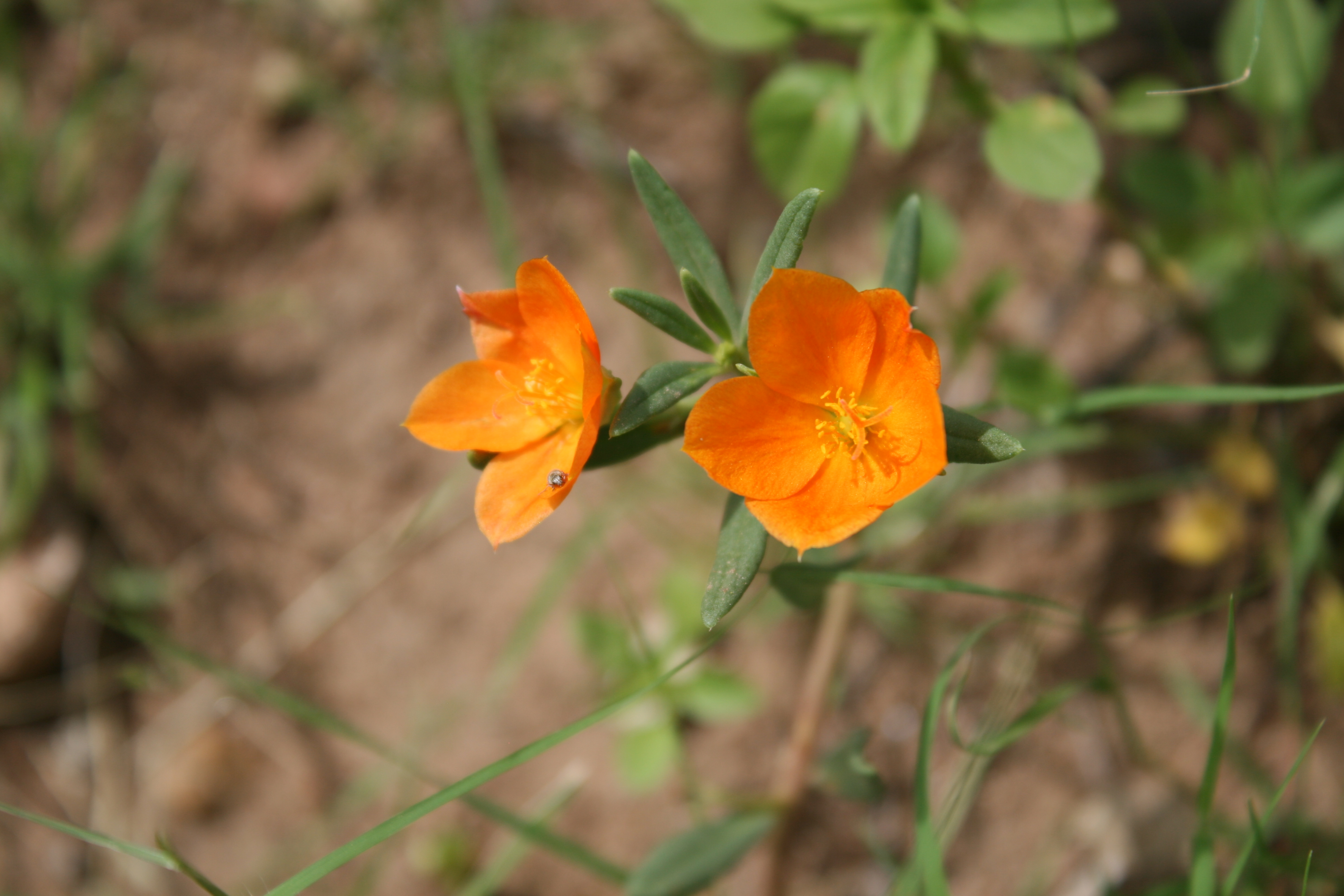I like the way the family name Polemoniaceae just rolls off the tongue. What a delicious word to say. Oh, and I love the last paragraph of the family description in Arizona Flora: “An almost wholly American family comprising many plants with beautiful flowers. Species of the genera Phlox, Gilia, and Polemonium and the climbing Cobaea scandens are garden favorites.” That’s a pretty big build up and it sure makes you want to find the native species of all the Arizona genera.
There are fourteen species Phlox found in Arizona. When you look up the species Phlox longifolia, it gets complicated. Since I’ve already quoted from one authority, here is another one from the SEINet web site and about this species: “Geographic and ecological variation with respect to habit, leaf size, and floral morphology is complex throughout the range of the species and in much need of study.” That sounds like a Masters Degree in the making to me.

The photos are mine and taken the day described in the show. You can see that the Phlox flower (phlower!) is quite beautiful and also that the U.S.F.S. horses and mules were very friendly…not much help, but friendly.


Phemeranthus aurantiacus, the former Talinum aurantiacum, is now in Talinaceae, the flameflower family, “a family of two genera and 28 species.” There’s more; the...

Petey fights the blues with a walk among plant friends. Weirdo. Bumelia is one of those plants that seems so out of place. A...

There are sixty-five to seventy species of Fraxinus found around the world, so of course ancient Romans had a name for ash trees. Carl...